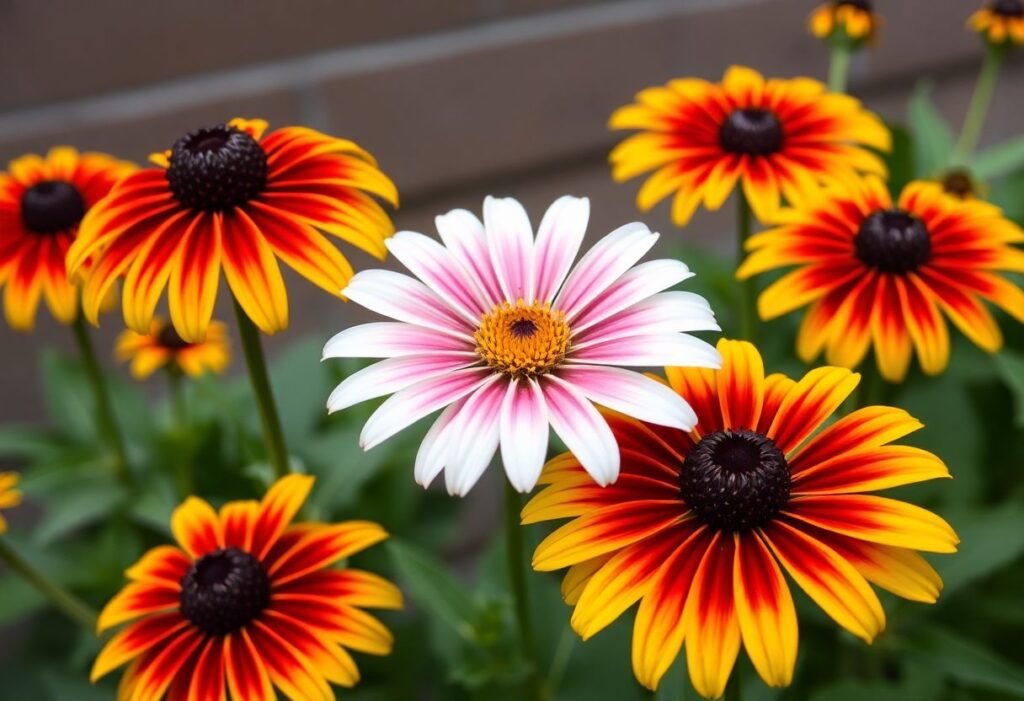Why is Cutting Back Black Eyed Susans Essential?
Cutting back black-eyed Susans plays a crucial role in maintaining their vigor. By cutting back black-eyed Susans, you eliminate dead or wilted flowers, promoting the growth of new buds. This practice fosters healthy growth, leading to lush blooms and a garden that attracts joy and admiration. Well-maintained plants not only flourish but also enhance the charm of your outdoor space.
When is the Best Time to Cut Back Black Eyed Susans?
Timing is everything when it comes to cutting back black-eyed Susans. Late spring is the perfect window, just before they begin their blooming cycle. Additionally, it’s beneficial to remove spent flowers during the summer months and give them a significant cut back in the fall to prepare them for winter. Keep in mind that cutting back black-eyed Susans at the right moment ensures they bounce back beautifully each season.
Steps to Cut Back Black Eyed Susans Properly
To cut back black-eyed Susans successfully, follow some straightforward advice. Use sharp garden shears to minimize stress on the plants. Start with removing any dead or brown flowers, then shape the overall plant. Avoid cutting too close to the base to prevent damage to healthy shoots. Ensure you’re cutting where you can see fresh growth or green leaves, which indicate that the plant is ready to flourish again.
How High Should You Cut Back Black Eyed Susans?
The height at which you cut back black-eyed Susans depends on their condition. Generally, aim to cut back to about 4-6 inches above the soil. This helps stimulate new growth and provides adequate sunlight access to the lower leaves. Balance is key—cutting too short may stymie their development.
Benefits of Cutting Back Black Eyed Susans
The benefits of cutting back black-eyed Susans extend to both the plants and the gardener. First and foremost, cutting back black-eyed Susans promotes their health, leading to more beautiful and abundant flowers. Secondly, regular trimming allows you to control their size and shape, ensuring that your garden remains visually appealing and in perfect harmony.
Safety Tips When Cutting Back Black Eyed Susans
Safety should always be a priority when handling garden tools. Use appropriate gear to prevent injuries while cutting back black-eyed Susans. Ensure your tools are clean and sharp, which helps reduce the risk of plant disease. Wearing gloves can also protect your skin from irritation while you work in your garden.
Conclusion
Cutting back black-eyed Susans is a fundamental aspect of caring for these cheerful plants. By regularly trimming them, you support their health, enhance blooming, and ensure your garden dazzles throughout the seasons. Take these tips to heart and start cutting back your black-eyed Susans, so you can enjoy their enchanting beauty all year long!
Disclaimer
This article is for informational purposes only. Always consult a gardening professional before making decisions about plant care.

















